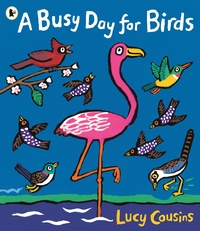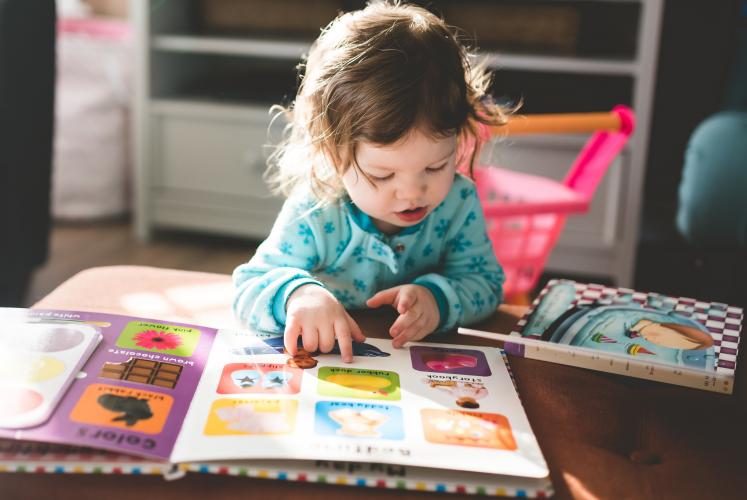
What sound does a camel make?
And other useful things to know when reading to toddlers
Outreach Librarian Emily Pailing shares her top tips to help you make the most of story time at home.
Children of all ages, from as young as a few weeks old, love listening to stories and looking at books. But when your toddler reaches the stage where they’re on the move, and into everything, how do you get them to sit still and engage with a story?
1) Short and sweet
Make sure the books you have available are the right length for your child’s age. Books for under-4s can be as short as one word on a page, or they can be stories that take ten minutes to read. Make sure that the books you have for your toddler aren’t too long. If there are more than a couple of sentences on each page, they will probably get bored and wander off when you’re halfway through. This isn’t a sign that “they don’t like stories”. It just means that particular story is too long!
2) Toddler proof
If you’re reading a story together, your child probably wants to get involved in grabbing the book and turning the pages. They may also want to eat it, and possibly bang it on the table or throw it on the floor. This is all normal, and it’s why board books were invented. Sturdy pages you can’t easily rip and wipe clean surfaces mean you can let your toddler get involved at story time without worrying that they’ll damage the book. And letting them get involved means they’re learning all about how a book works.
They may want to eat it, and possibly bang it on the table or throw it on the floor. This is all normal, and it’s why board books were invented.
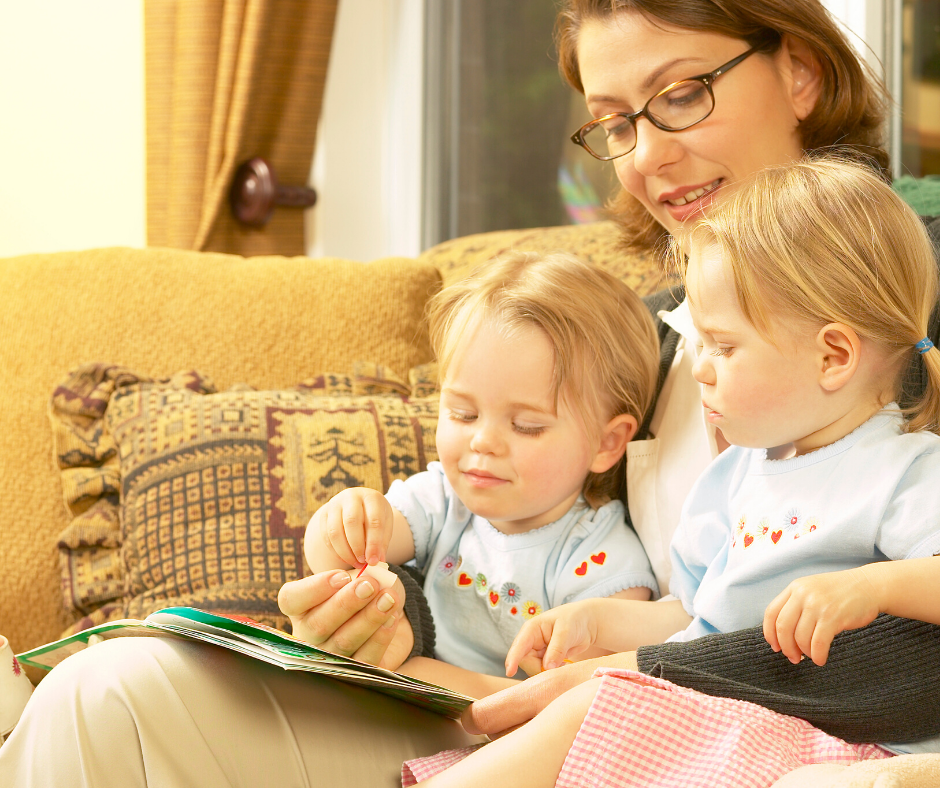
3) Interactive
Now you’ve stopped worrying about them destroying the book, try and find stories that get them really involved. There are lots of good “touch and feel” books with patches of texture on the pages for your child to explore. You can get lift the flap books, books with mirrors and rattles in, books with buttons that make sound effects or play music. The more involved your toddler is, the more they’ll enjoy reading.
4) Don't be shy
The same story can sound totally different depending on who's reading it and how much enthusiasm they put into it. Toddlers love it when their grown-up uses silly voices and dramatic pauses to make a story exciting. Build up the excitement levels. If you’re enjoying the story, they will too.
Let them make choices about what they read. This will probably mean you have to read the same book over and over. And over! It might drive you mad, but it’s teaching your toddler how a story works.
5) Put the child in charge
Let them make choices about what they read. This will probably mean you have to read the same book over and over. And over! It might drive you mad, but it’s teaching your toddler how a story works, and repetition is good for building their early language skills. It also means that if they want to start on the last page of the book and read it backwards, that’s ok. If they just want to look at the same picture or read the same page lots of times, that’s ok, too. Let them choose.
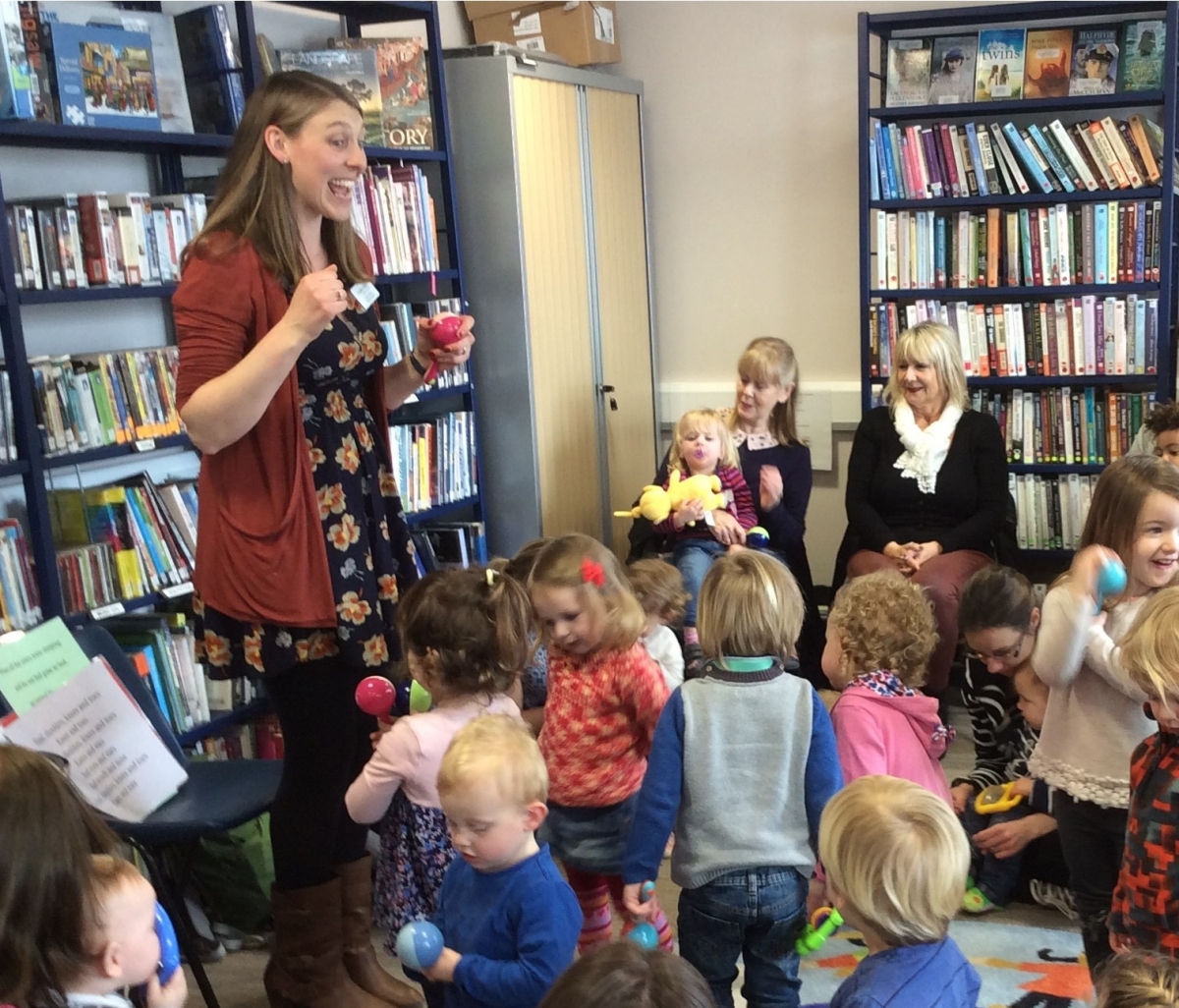
We have lots of fun reading stories aloud to toddlers in all our rhyme time sessions at the Library. If you’d like some recommendations, here are some of the Children’s Team's favourites:
Dear Zoo by Rod Campbell
This classic lift the flap book has been around for over 30 years but it’s still one of the best. You go through a host of animals who are inappropriate pets for various reasons (“They sent me a giraffe, but he was too tall, so I sent him back”) until eventually a puppy turns up on the final page, and is perfect. Lots of opportunities for animal impressions. This is where you need to make some important storytelling decisions, like what noise a camel makes. I go for “humph”.
This is where you need to make some important storytelling decisions, like what noise a camel makes. I go for “humph”.
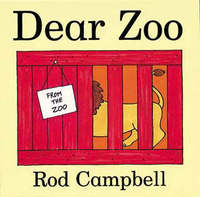
Fancy Dress Jungle by Nick Sharratt
This book has it all: the perfect combination of a rollicking rhyming text, super bright illustrations, and a lift the flap guessing game to see which animal is wearing what. And a chance to practice some more of your animal noises.
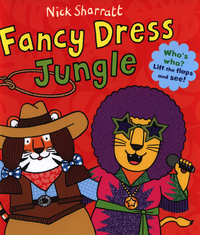
Something Beginning with Blue by Nick Sharratt
This is another book by Nick Sharratt, with his trademark colourful and bold illustrations. Based around the classic rhyme “I spy with my little eye” this book is the perfect length for busy toddlers.
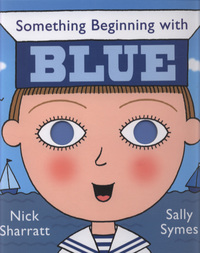
A Squash and a Squeeze by Julia Donaldson
Julia Donaldson is the current queen of the preschool fiction world. Her books, which include the Gruffalo, are household names, and many of them have been turned into animations for TV. A Squash and a Squeeze is a great place to start when you decide to enter the Julia Donaldson universe. Some of her books are quite long, and a younger toddler might struggle to stay engaged until the end. A Squash and a Squeeze is relatively short and has lots of repetition as well as some fabulous rhymes and a funny, easy to understand story which little ones will love.
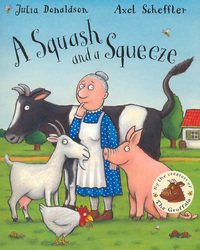
A Busy Day for Birds by Lucy Cousins
There are lots of opportunities for getting active and joining in with this book. It’s a rhyming book that encourages you to copy the actions of the super bright birds on every page. Can you peck like a woodpecker, stand on one leg like a flamingo, run like an ostrich, and say goodnight like an owl?
